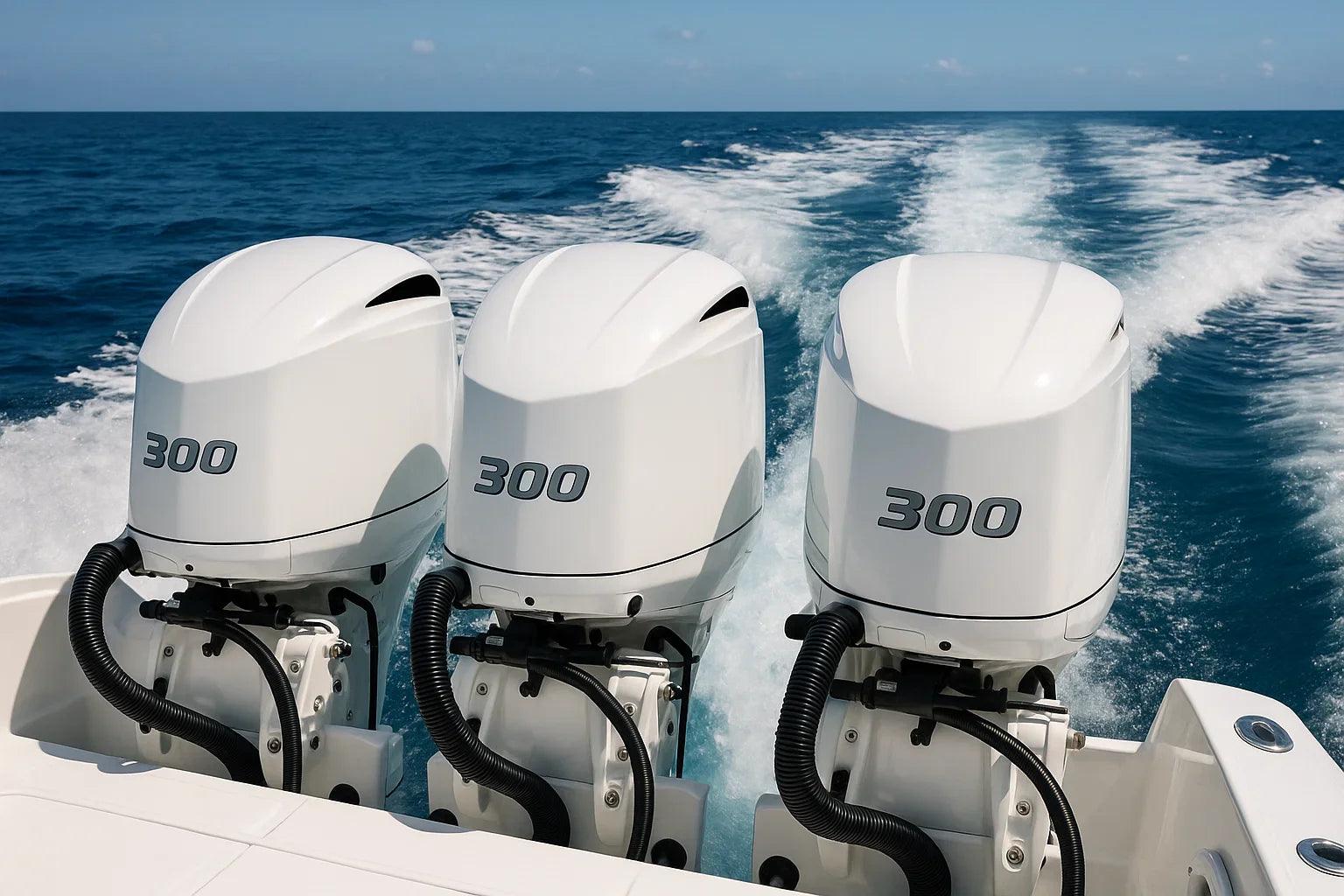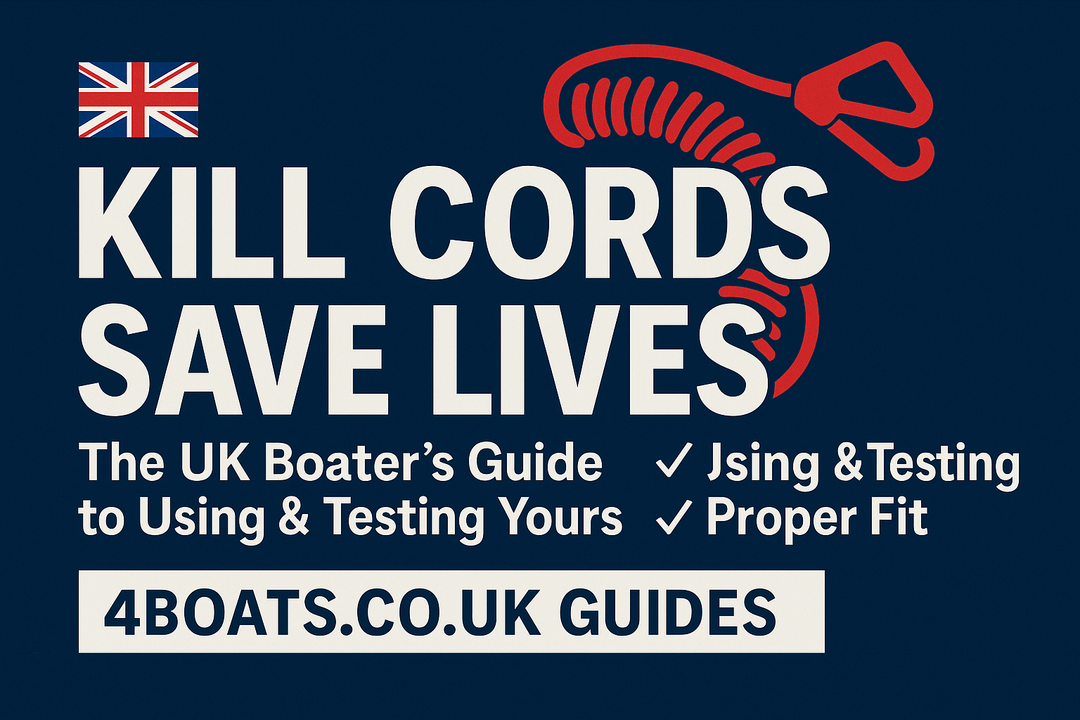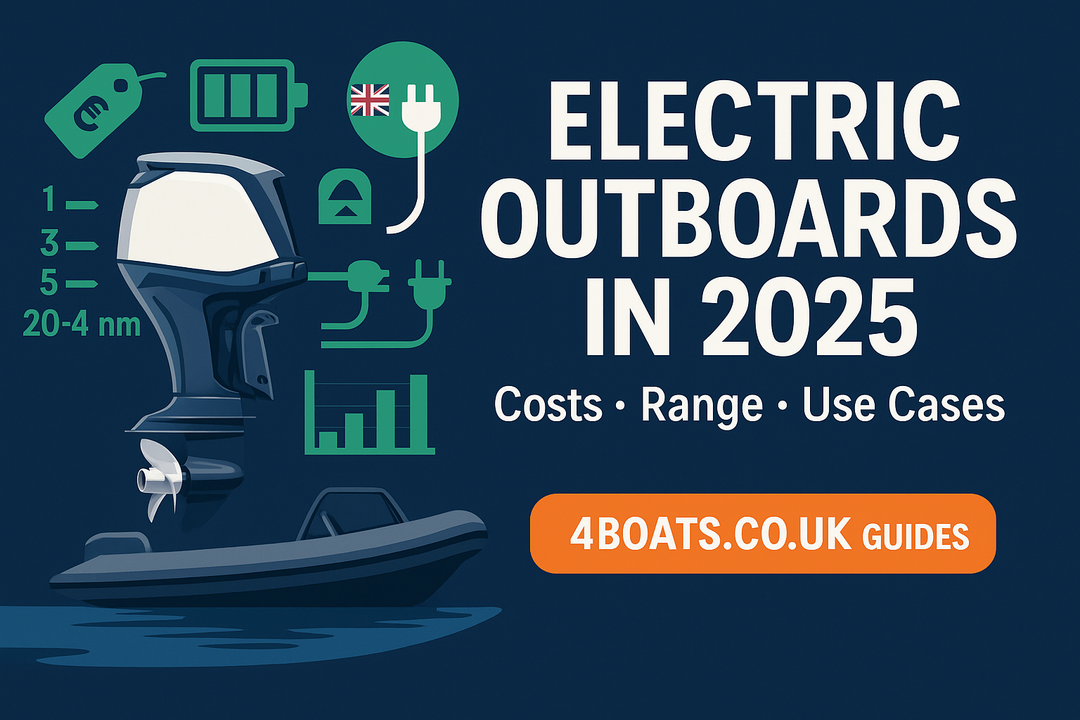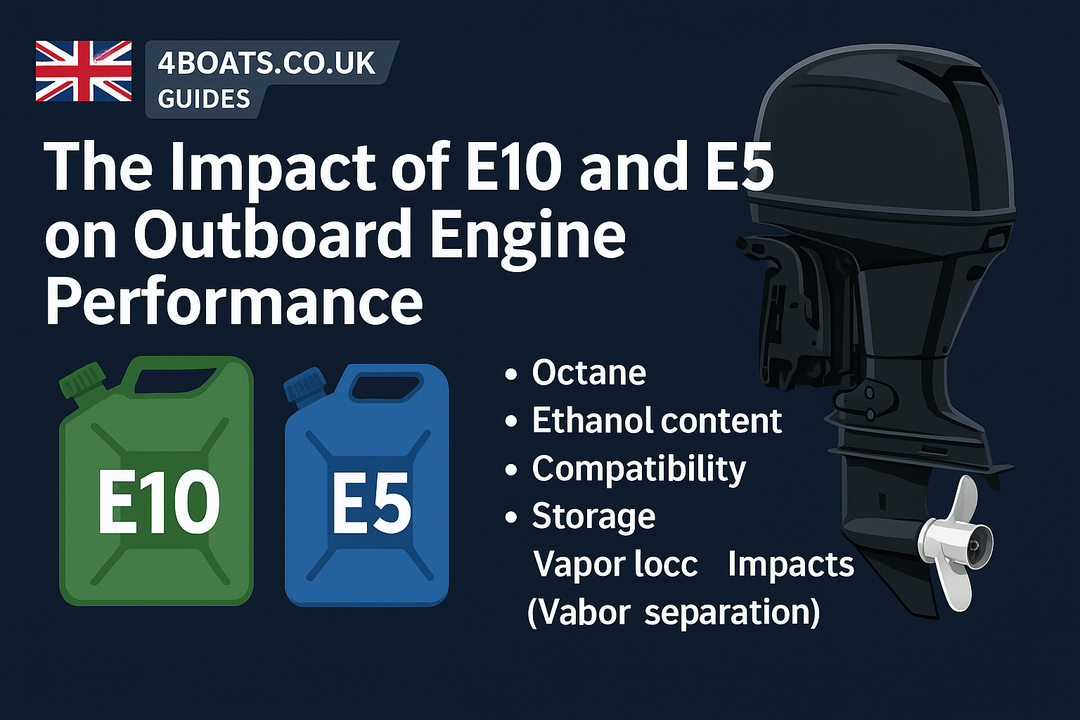How to Hook Up a 20 W Flexible Solar Panel System on Your Boat
How to Hook Up a 20 W Flexible Solar Panel System on Your Boat
Harnessing free energy from the sun is easier than you think. In this guide, you’ll learn how to connect a 20 W marine-grade solar panel, a PWM charge controller, and a 12 V car battery—no electrician certificate required!
20 W BlueFusion Flexible Solar Panel
• Flexible, marine-grade panel
• Lightweight, easy to mount
• Pre-fitted red & black leads
PWM Solar PV Charge Controller (10 A–30 A)
• Regulates panel output
• Protects battery from over-charge
• Optional “LOAD” output with low-voltage cut-off
What You’ll Need
- 20 W flexible solar panel (see link above)
- PWM solar charge controller (see link above)
- 12 V car battery
-
Red & black marine cable (2–3 mm²)
- Wire-strippers & small screwdriver
Step-by-Step Installation
1. Position the Panel
Mount or lay your solar panel in full sunlight—ideally on a flat section of deck or cabin roof. Make sure no objects cast a shadow during peak sun hours.
2. Mount the Controller
Choose a dry spot near the battery. Secure the PWM controller with its screws so it won’t get splashed.
3. Connect the Battery First
- Cut two lengths of red & black cable to reach from battery to controller.
- Strip 1 cm of insulation from each end.
- Fit a 10 A fuse in the red cable, close to the battery “+” terminal.
- Connect red (after fuse) to
BAT+on controller. - Connect black to
BAT–on controller. - Tighten the terminal screws firmly.
Tip: The controller needs to see the battery voltage first before it will activate.
4. Wire the Panel
- Identify panel leads: red is +, black is –.
- Connect red to
SOLAR+(orPV+) on controller. - Connect black to
SOLAR–(orPV–). - Secure all screws.
When the sun hits the panel, you should see a solar-icon LED on the controller light up.
5. Verify Operation
- Battery LED on controller: shows charging status (green/yellow/red).
- Solar LED: glows or flashes under sunlight.
- Use a voltmeter at the battery: expect ~13 V while charging.
6. Optional: Hook Up a Load
If your controller has a LOAD output, you can power lights or small electronics directly. Wire red to LOAD+ and black to LOAD–. The controller will switch it off if the battery runs low.
Wrapping Up
That’s all there is to it! Your solar panel will now top up the car battery every sunny day, giving you reliable, maintenance-free power for lights, pumps, or small electronics on board. Feel free to share this guide with friends, or drop a comment below if you have questions.





